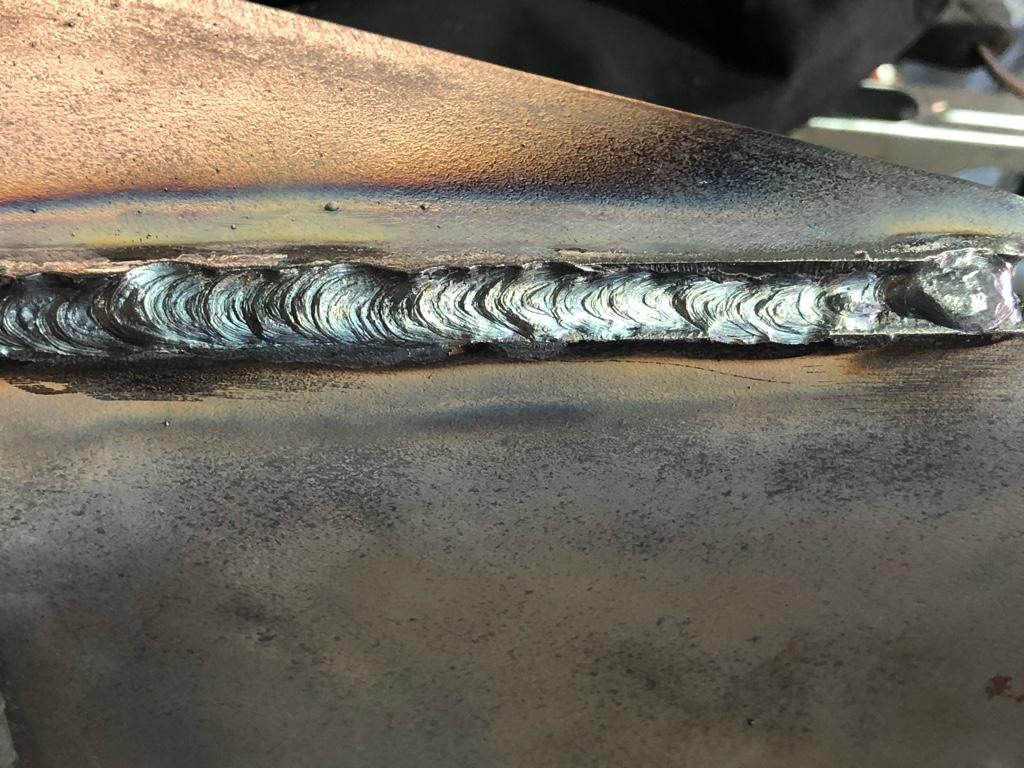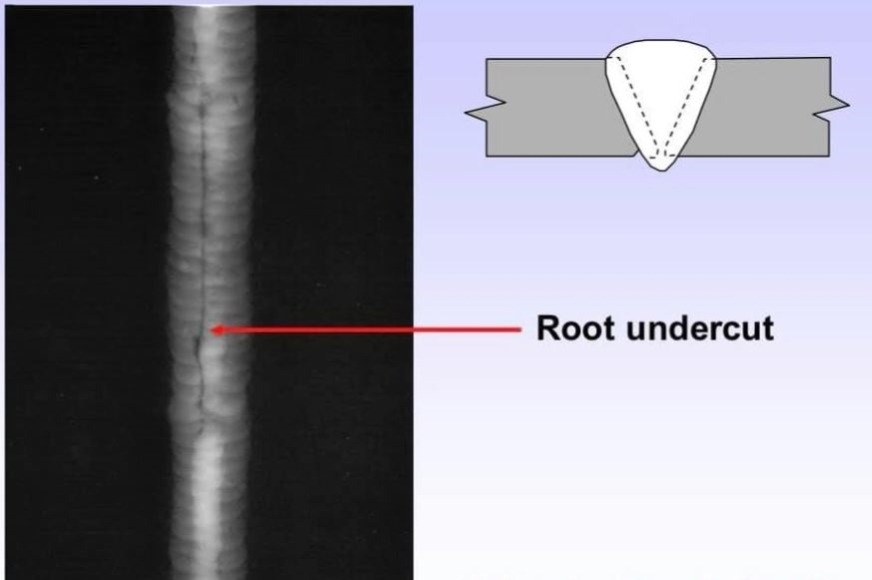Ultimate Overview to Preventing Weld Undercut: Tips and Techniques
Ultimate Overview to Preventing Weld Undercut: Tips and Techniques
Blog Article
Important Tips for Welders: Stopping Undercut Welding and Ensuring Stronger Weld Joints
In the world of welding, achieving strong and long lasting weld joints is the foundation of creating high-grade work. One typical obstacle that welders usually encounter is undercut welding, which can jeopardize the stability of the weld joint. By comprehending the elements that add to damaging and carrying out the right techniques and preventative measures, welders can properly prevent this issue and guarantee the durability and stamina of their welds. Let's explore some vital ideas that can aid welders navigate this challenge and elevate the top quality of their welding tasks.

Comprehending Undercut Welding
Undercut welding is a common welding flaw that occurs when the weld steel fails to appropriately fill the groove and causes a groove-like depression along the weld grain. This flaw compromises the weld joint, making it susceptible to splitting and failing under tension. Damaging can be brought on by different variables, including extreme welding existing, high welding speed, inappropriate electrode angle, incorrect electrode size, and bad welding strategy.
One of the primary factors for undercut welding is an imbalance between the welding present and the welding rate. If the welding current is too expensive or the welding speed is as well quickly, the weld steel might not properly fill up the groove, bring about undercutting. Additionally, utilizing an electrode that is also huge can result in a similar result, as the excess steel can not effectively move into the groove.
To avoid undercut welding, welders ought to ensure they are utilizing the proper welding criteria, preserve an appropriate electrode angle, select the suitable electrode dimension, and method correct welding strategies. By addressing these factors, welders can decrease the risk of undercutting and create stronger, more reputable weld joints.
Appropriate Welding Method
Reliable welding strategy plays a crucial role in ensuring the quality and integrity of weld joints. Correct welding strategy entails a mix of accuracy, adherence, and skill to ideal methods. One essential aspect of proper welding technique is keeping the proper angle and range between the welding gun and the work surface. Welders need to likewise pay very close attention to the travel rate and warm input to avoid issues like damaging, porosity, or incomplete fusion.
Additionally, a consistent and consistent hand activity is necessary for creating solid and long lasting weld joints. Welders should go for smooth, uniform movements to ensure even circulation of the weld material. Correct manipulation of the welding weapon and filler material is likewise key to accomplishing ideal infiltration and combination.
Furthermore, managing the warmth input and choosing the suitable welding criteria based on the product being welded are important factors in accomplishing top quality welds - Preventing weld undercut. Welders must follow the suggested setups provided by welding procedure requirements and adjust them as needed based upon the specific demands of the task. By understanding proper welding methods, welders can dramatically enhance the stamina and integrity of their weld joints
Choosing the Right Electrode
When thinking about the value of picking the appropriate electrode in welding applications,Maintaining the correct angle and distance between the welding gun and the workpiece is essential. The option of electrode plays a critical duty in establishing the quality and strength of the weld joint. Electrodes come in various types, each developed for particular functions and materials.
Firstly, selecting the suitable electrode diameter is important. Thinner electrodes appropriate for welding thin materials, while thicker electrodes are much better for thicker products and greater warm applications. Matching the electrode diameter to the thickness of the workpiece aids attain a well balanced weld.
Second of all, recognizing the product make-up of the electrode is essential. Various electrodes are created for welding certain products like steel, stainless-steel, aluminum, or cast iron. Using the appropriate electrode material ensures excellent blend this hyperlink and lessens the risk of defects in the weld.
Last but not least, considering the welding placement and strategy is critical when picking the electrode kind. Particular electrodes are much better suited for upright or above welding settings, while others work well for level or straight settings. Selecting the appropriate electrode based on the welding technique boosts the overall weld top quality and integrity.
Preparing the Base Steel
To make sure a successful welding procedure, what preliminary actions should be taken when preparing the base metal for welding? Properly preparing the base steel is critical for accomplishing strong and sturdy weld joints. The very first action in preparing the base metal is to cleanse it thoroughly to get rid of any impurities such as rust, dirt, paint, or oil. This can be done making use of a wire brush, mill, or read here chemical solvents. In addition, any existing weld product or deposit from previous welding ought to be gotten rid of to ensure a tidy surface area for the brand-new weld.

Conducting Post-Weld Inspections

After conducting these assessments, welders must contrast the outcomes versus market standards and project needs to make certain that the weld joint meets all needed requirements. Any type of inconsistencies or insufficiencies uncovered throughout the post-weld evaluation must be immediately dealt with through ideal rehabilitative steps to guarantee the weld's honesty. By carefully performing post-weld examinations and immediately dealing with any problems, welders can support the top quality and dependability of their work, inevitably contributing to the safety and long life of the welded structures.
Final Thought

To conclude, avoiding undercut welding great site and ensuring more powerful weld joints require a combination of correct welding technique, selecting the right electrode, preparing the base steel properly, and performing post-weld assessments. By recognizing the root causes of undercut welding and implementing the needed precautions, welders can create high-quality weld joints that satisfy sector requirements and make certain the structural honesty of the welded elements.
Undercut welding is an usual welding defect that happens when the weld steel fails to appropriately load the groove and results in a groove-like depression along the weld bead (Preventing weld undercut). Undercutting can be triggered by numerous factors, including extreme welding existing, high welding rate, improper electrode angle, inaccurate electrode dimension, and poor welding technique
One of the primary reasons for undercut welding is an inequality in between the welding current and the welding speed. If the welding current is too high or the welding speed is as well quickly, the weld steel may not sufficiently load the groove, leading to damaging.Keeping the correct angle and distance between the welding gun and the work surface is essential when thinking about the relevance of picking the right electrode in welding applications.
Report this page